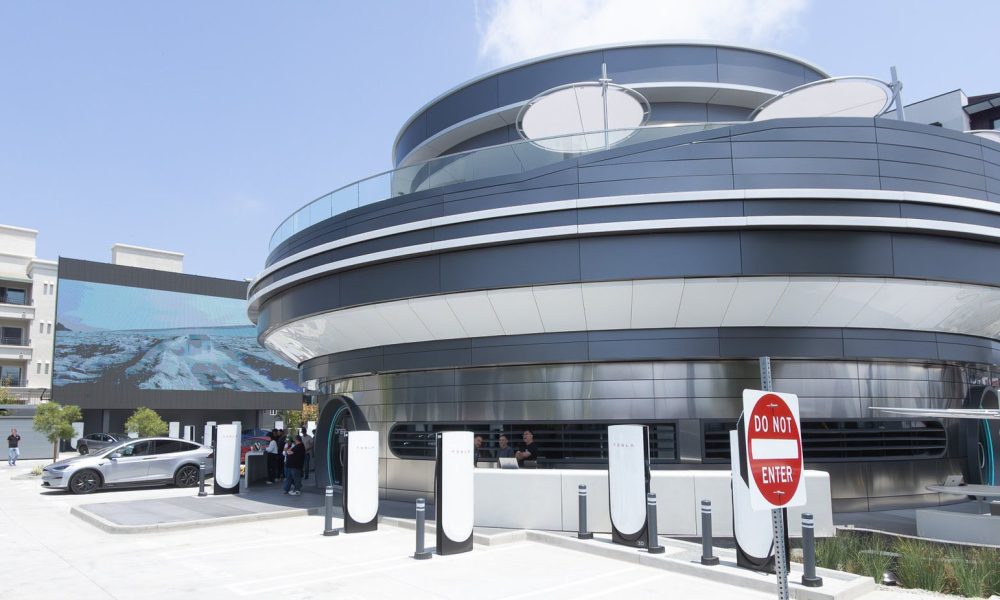The $7,500 EV tax credit has officially expired, marking the end of an era for EV makers in the United States. Tesla, one of the major players in the EV market, stands to thrive despite the loss of the tax credit. As Q4 begins, there are several reasons why Tesla might actually be in better shape without the tax credit.
One of the key benefits of the tax credit expiration is that Tesla will have to adjust its pricing strategy. In the past, when the tax credit reached its cap in 2019, Tesla saw a surge in sales by offering a more affordable model, the Model 3. Without the tax credit distorting the market, Tesla now has the opportunity to implement price cuts to drive demand while maintaining reasonable profits.
Furthermore, the playing field becomes fairer with the removal of subsidies. Companies like Ford and General Motors, which have relied on the tax credit to mask high production costs and dealer markups, may struggle to compete without it. In contrast, Tesla has been profitable for some time and has demonstrated its ability to make money from its offerings more quickly. Removing subsidies will expose the financial weaknesses of Tesla’s domestic competitors, potentially leading them to scale back their EV efforts.
Tesla’s maturity as a company will also be highlighted by the absence of government subsidies. The cancellation of subsidies will showcase Tesla’s self-sufficiency and may boost investor confidence in the company. Elon Musk has been vocal about his stance on subsidies, advocating for their removal across all industries.
Moreover, the end of subsidies can actually spur true innovation. Companies that become complacent with government assistance may hinder their own progress. After the tax credit ended for Tesla in 2019, the company achieved significant breakthroughs, such as the Cybertruck and advancements in energy storage projects. With the pressure to innovate mounting, Tesla may focus on developing more affordable and technologically advanced products.
Finally, Tesla’s upcoming launch of affordable models without the tax credit will be highly sought after by consumers. If Tesla can introduce a model close to $30,000, it could regain a significant portion of its market share from competitors. This move could potentially disrupt the current market for electric vehicles, as Tesla aims to offer affordable options that rival or surpass the competition.
In conclusion, the expiration of the EV tax credit may actually benefit Tesla in the long run. By adjusting its pricing strategy, showcasing its maturity and self-sufficiency, fostering true innovation, and launching sought-after affordable models, Tesla is poised to thrive in a post-subsidy era.

